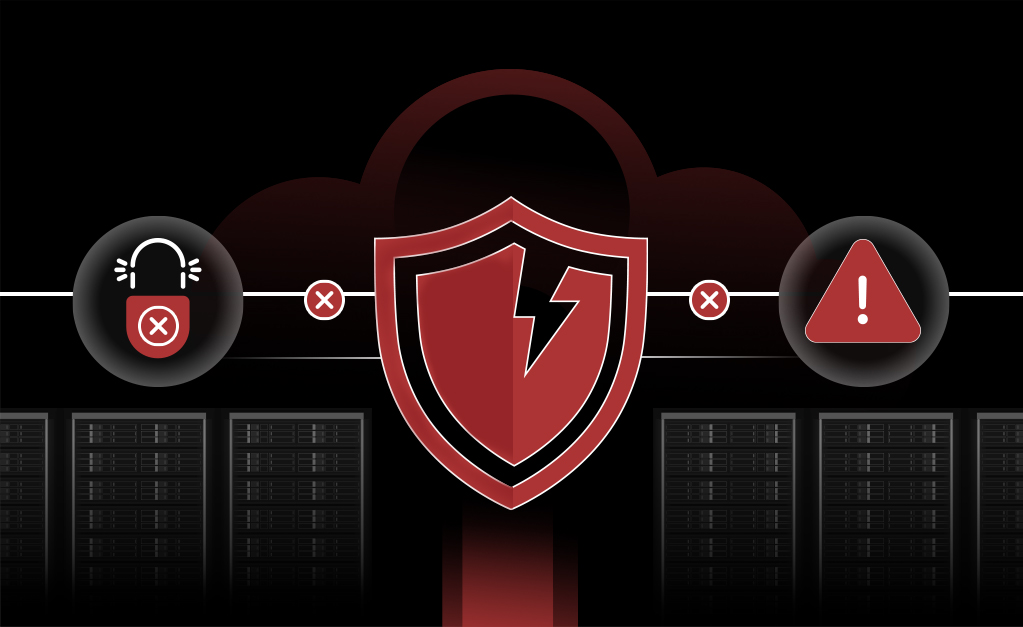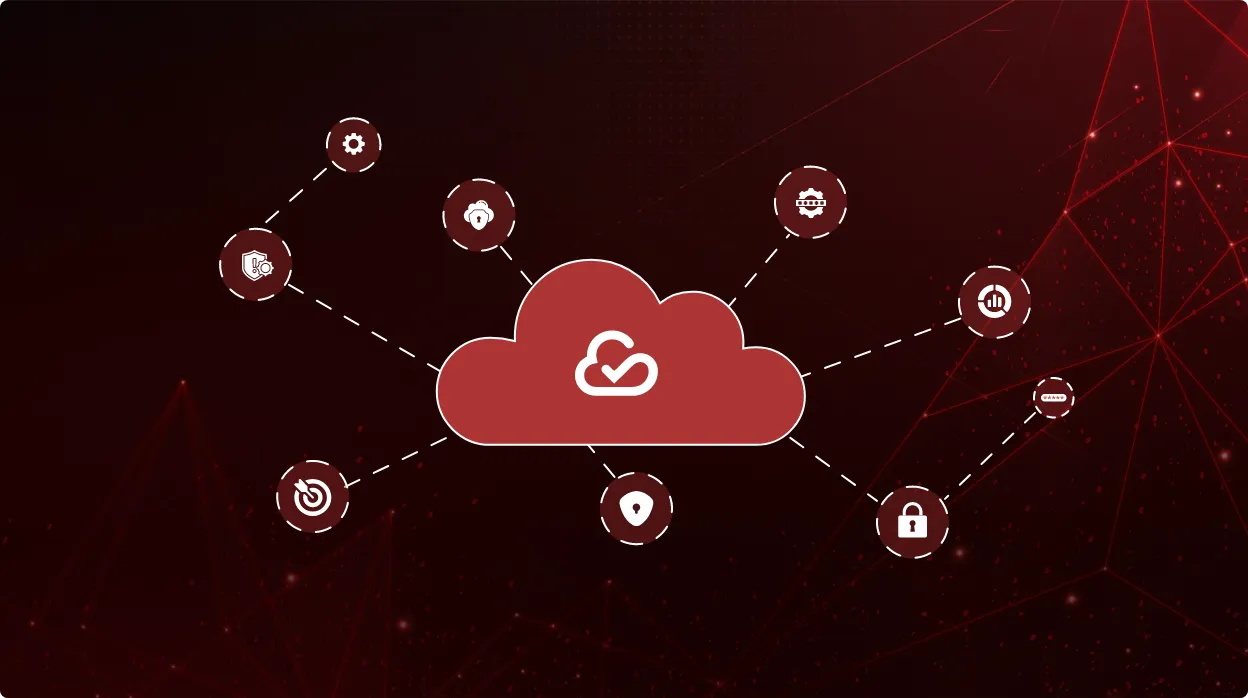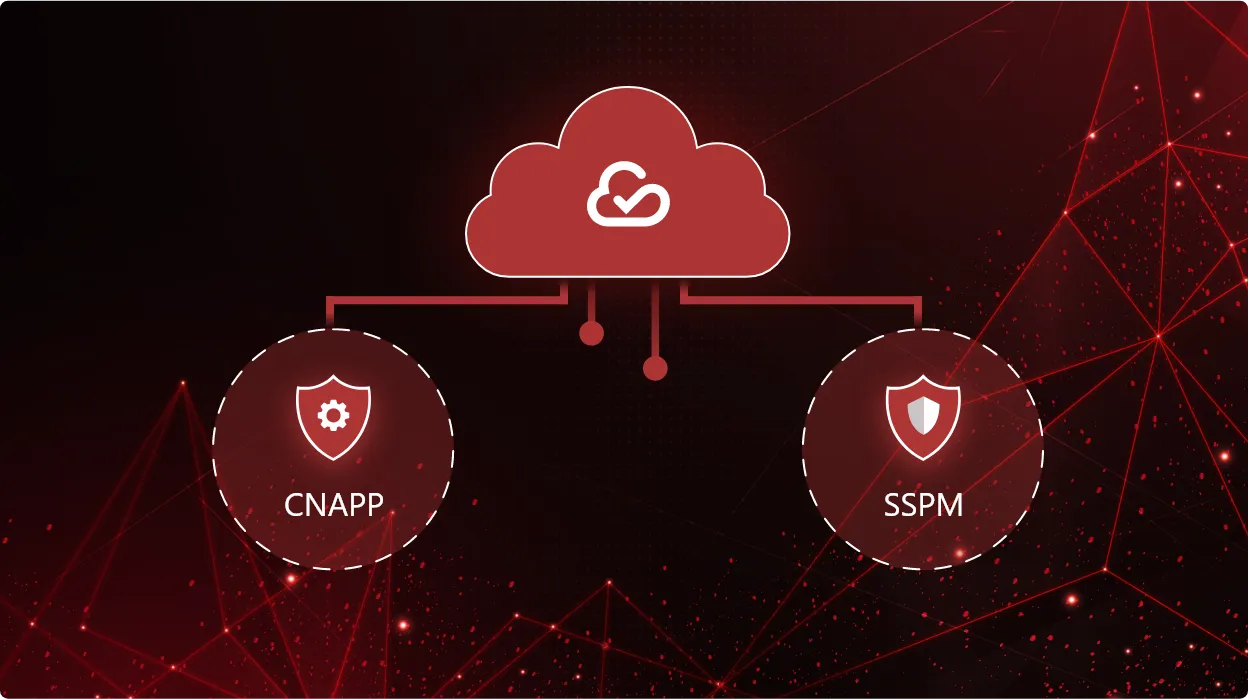From Aware to Actionable: Closing the Cloud Security Resilience Gap

At a period when cloud adoption is at an all-time high and the attack surface continues to expand, most organizations still have not turned cybersecurity awareness into action. According to PwC’s 2025 Global Digital Trust Insights, only 2% of businesses have implemented cyber resilience measures across all surveyed areas. And while 42% of executives cite cloud-related threats as their top concern, those same threats are the ones security leaders feel least prepared to defend against.
The message is clear: the awareness is there, but readiness is lagging, especially in cloud and SaaS environments. It is no longer enough to know where the risks lie. Cloud-native organizations must evolve their security strategy from reactive oversight to continuous posture management, grounded in real-time visibility and business-aligned prioritization.
Risk Knowns vs. Resilience Unknowns
Most CISOs and cloud security teams don’t need convincing that misconfigurations, overprivileged access, and third-party SaaS integrations are major threat vectors. Yet many still struggle to build effective defense mechanisms against them.
The problem? Structural disconnects.
- Fewer than half of CISOs are involved in strategic planning, tech deployments, or board-level reporting.
- Many cloud security programs are built around snapshots – not continuous monitoring – and lack prioritization logic to separate signal from noise.
- Even where investments are increasing, the execution remains fragmented across siloed tools, disparate cloud accounts, and compliance blind spots.
The result is a growing list of known risks with no clear path to resolution. Organizations are aware of what’s broken but do not have the systems or visibility to fix it.
The Compliance Confidence Divide
PwC’s research highlights a critical disconnect: a 13% point confidence gap between CEOs and CISOs/CSOs on their ability to comply with new cyber regulations, particularly around AI, resilience, and cloud infrastructure. This divide is particularly risky in today’s fast-changing regulatory environment. New frameworks like DORA (Digital Operational Resilience Act), The EU Cyber Resilience Act, CIRCIA (Cyber Incident Reporting for Critical Infrastructure Act), and the AI Act – demand greater operational transparency, continuous monitoring, and rapid incident response — demands that outpace traditional, checklist-based approaches.
And yet:
- Security controls remain inconsistent
- Manual evidence collection slows audits
- Cloud services lack native support for emerging compliance needs
If this reality doesn’t reach the CEO, the organization risks underestimating its true exposure.
Where the Cloud Security Posture Breaks Down
Despite years of investment, most cloud-first organizations still struggle with:
- Configuration drift across multi-cloud and SaaS environments
- Shadow SaaS that bypasses security review
- Stale or excessive privileges that are left unchecked
- Lack of alignment between technical risk and business impact
Only 15% of companies say they measure the financial impact of cyber risk to a significant extent – meaning most leaders do not have the data to make informed investment decisions. Without a unified view across platforms and a clear understanding of which risks matter most, remediation often becomes reactive or misdirected. This is where posture breaks down: not in awareness, but in execution and prioritization.
What Needs to Change: A New Playbook for Cloud and SaaS Security
PwC’s recommendation is simple: cybersecurity must become a standing business item, embedded into strategic decisions with full C-suite collaboration. For cloud security leaders, that means:
- Moving from event-based alerts to continuous posture management
- Mapping every misconfiguration or control gap to risk impact and regulatory requirements
- Building out cross-functional response teams
- Making cyber resilience an ongoing discipline, not a quarterly review item
This requires a platform-level rethink. It’s no longer enough to rely on a mix of manual checks, individual vendor dashboards, or spreadsheet-driven audits. Cloud and SaaS environments need a consolidated view of their security posture that spans across infrastructure, apps, identities, and compliance standards.
How CheckRed Helps You Bridge the Gap
At CheckRed, we’ve built what today’s cloud-first security leaders need:
- Unified Visibility: One platform to assess and monitor risk across cloud (AWS, Azure, GCP, etc), SaaS (Microsoft 365, Google Workspace, Salesforce, etc), and DNS providers (Akamai Edge DNS, Linode, Infoblox, etc)
- Continuous Compliance: Map your cloud, SaaS, and DNS environments to DORA, ISO 27001, NIST, and custom frameworks with automated evidence collection
- Risk-Based Prioritization: Understand not just what’s misconfigured, but what’s most critical, based on exposure, privilege level, and potential business impact
- Clear Remediation Paths: Guide internal teams or trigger auto-remediation through integrations with SIEM, SOAR, GRC and 3rd-party ticketing systems
- Executive Reporting: Equip CISOs and compliance leaders with the reporting they need to engage the board and close the trust gap with CEOs
Conclusion: From Vulnerable to Resilient
Cloud and SaaS risks are no longer theoretical. They are deeply embedded in the operational fabric of modern business. And while awareness is high, PwC’s report shows that true resilience remains elusive for the vast majority.
To close this gap, security leaders must stop treating posture management as a static task and start treating it as an always-on discipline – one that’s integrated with business risk, driven by prioritization, and capable of keeping pace with change.
With CheckRed, you move from awareness to action, and build the confidence, compliance, and clarity your organization needs to thrive in a cloud-first world.
Ready to close your cloud security resilience gap? Get a demo today.


